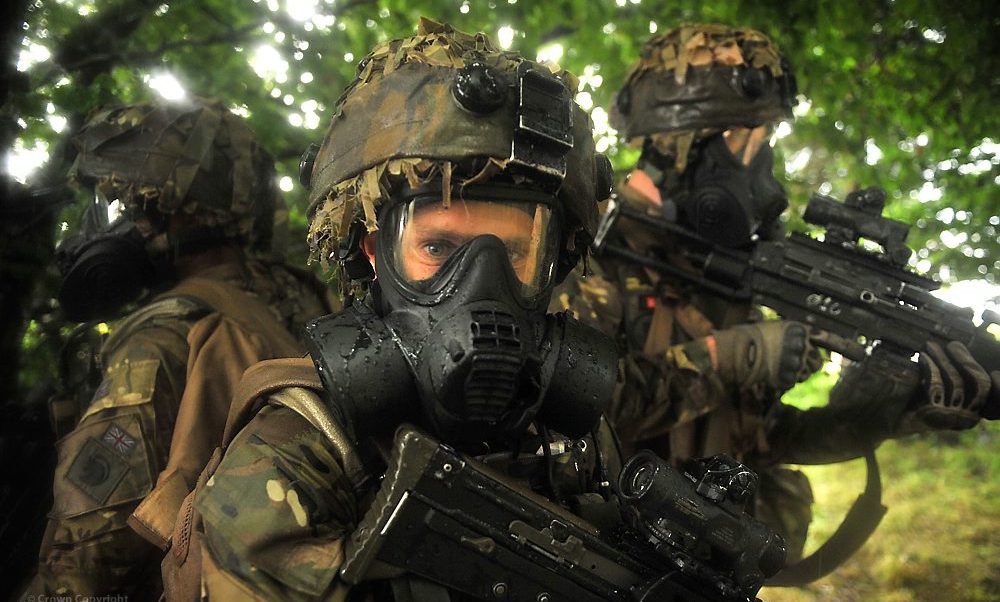
This is a vital question, especially for those with a military background. It has been stated that approximately 10% of the population are natural leaders, while an additional 20% have the potential to become leaders with the right training and experience.
The Royal Military Academy Sandhurst (RMAS) is responsible for transforming civilians into military leaders over a 44-week course. In contrast, Other Ranks (OR) personnel are required to attend shorter, one-month leadership courses as a prerequisite for promotion to the next rank.
Leadership is taught on these courses through a variety of methods, including classroom-based lessons, infantry exercises, and a number of command tasks—such as section attacks or patrolling in full CBRN kit. Indeed, if you’re lucky like I was, you might even get to combine the two. And, as a reward for doing it well, you may be asked to demonstrate it again for the rest of the course!

It can be difficult to appreciate the finer points of leadership when on exercise in Dartmoor, running on little sleep, and trying to stave off hypothermia.
However, this is a key aspect of developing leadership skills — learning to lead effectively in adverse environments and under less-than-ideal circumstances. Demonstrating leadership is a core requirement for promotion within the military. With promotion comes increased pay, further leadership qualifications, more opportunities for advancement, and a larger pension.
So, returning to the original question—are leaders born or made? Some individuals are born with natural leadership qualities, but they are very much in the minority. Even they benefit from training and experience. The rest must undergo training and refine those lessons through practice to gain leadership experience.
